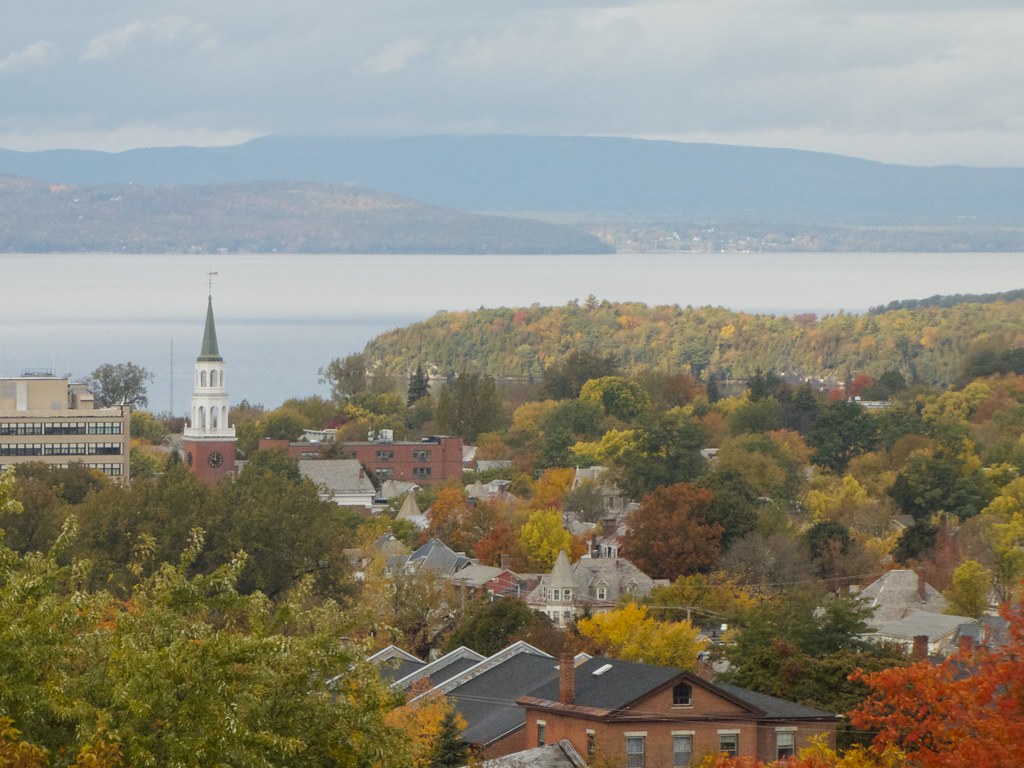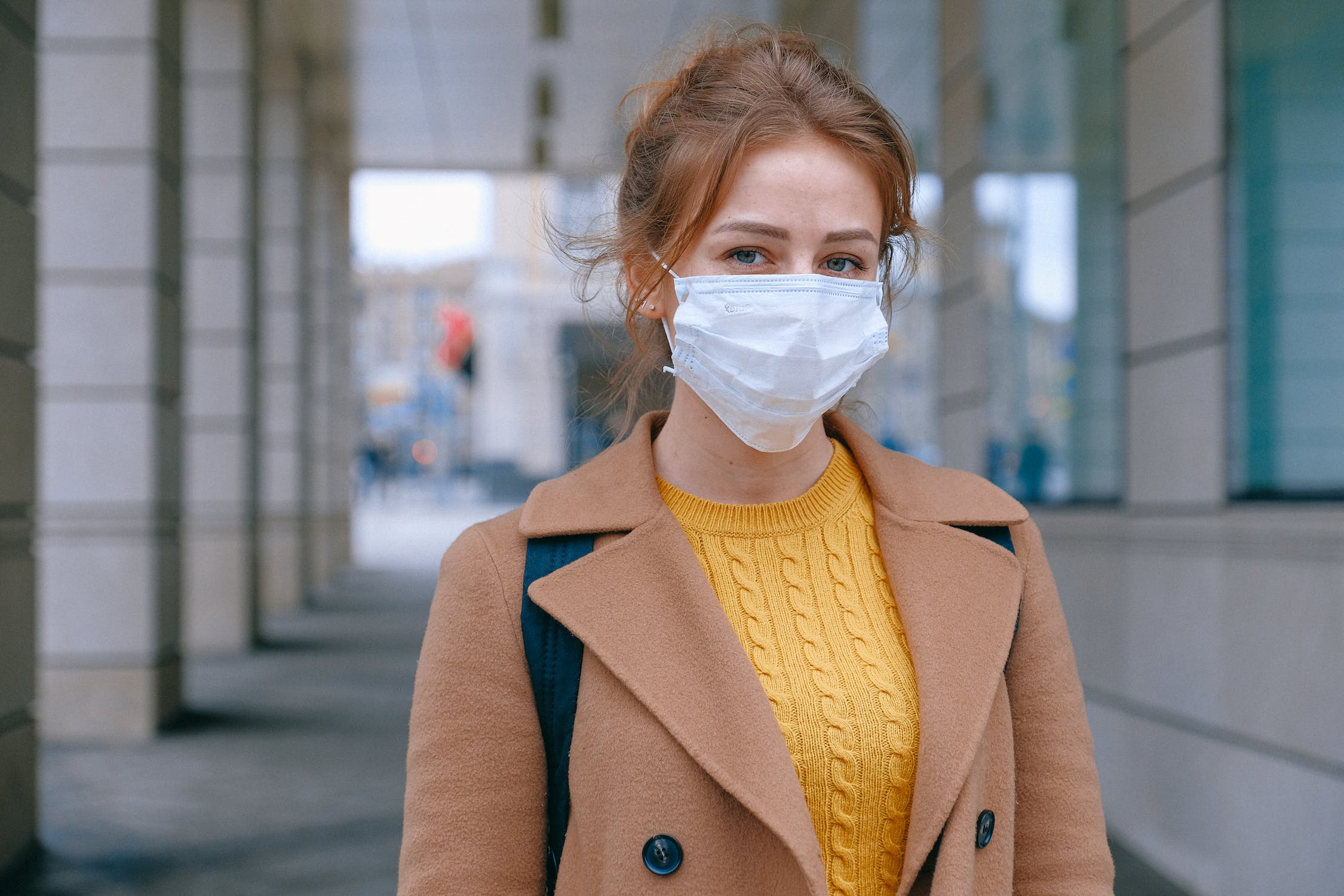We are two years out from the global COVID-19 pandemic, yet another infection has been spreading across the United States. A rare fungal infection has become more common in most parts of the U.S. according to new research.
Doctors once believed the fungal infection stuck to the northern Midwest and Southeast, but recent cases suggest it may be spreading.
Why Is the Fungal Infection Spreading Across the U.S.?

The fungal infection known as blastomycosis is acquired by breathing in spores of the fungi Blastomyces dermatitidis or Blastomyces gilchristii, which can be found in moist soils around wooded areas and waterways, according to the Minnesota Department of Health.
Because their symptoms mimic bacterial pneumonia, patients with fungal infections frequently receive an initial diagnosis of the bacterial kind.
Is Blastomycosis Treatable?

While rare, blastomycosis can cause respiratory symptoms, fever, and body aches in about half of the people who are infected. Don’t worry! Most cases are mild if treated properly.
However, blastomycosis can cause serious illness or death if left untreated. “One of the great problems with fungal diseases is that they are unreportable,” Dr. Arturo Casadevall, chair of molecular microbiology and immunology at the Johns Hopkins Bloomberg School of Public Health, said to NBC News.
Where Is This Infection Most Common?

Infection, a familiar menace in the Great Lakes, Ohio River Valley, and Mississippi River Valley, has begun popping up in unexpected locations. A new study, published in the Centers for Disease Control and Prevention’s Emerging Infectious Diseases journal, discovered that the infection has been popping up in Vermont.
Why is this infection suddenly appearing in the northeast part of the U.S.?
Cases in Vermont Are on the Rise

“Vermont is not generally an area you think of when you talk about blastomycosis,” Dr. Casadevall says. Currently, only five states have public health surveillance for fungal infection: Arkansas, Louisiana, Michigan, Minnesota, and Wisconsin.
Outside of these states, the disease remains relatively unknown as “several papers recently suggest that fungal infections are on the move across the country and this is one of them,” Dr. Casadevall says.
Why Do We Not Know More About Blastomycosis?

The leader of the study, Medical director for Vaccine-Preventable Diseases Surveillance at the Chicago Department of Public Health, Dr. Brian Borah says, “It’s a big question whether we were able to detect cases that were unknown to us previously, or if we are detecting an increase in cases.”
According to Borah, there have been several reports of blastomycosis cases in the Northeast, which include a couple of studies and reports from doctors and veterinarians in Vermont.
Why Is Blastomycosis Hard to Diagnose?

The issue with the fungal infection is that it is hard to detect. According to NBC News, “The epidemiology of other fungal diseases nationwide has been changing, however, Borah said, adding, ‘I don’t think blastomycosis would be immune from those patterns.”
The infection can look like other illnesses and go undetected for weeks or months, which is why it often goes undiagnosed by doctors as pneumonia or another respiratory illness.
How Common Is Blastomycosis?

Faced with rising blastomycosis cases, Borah and his team delved into health insurance claims to uncover the true scope of the fungal disease in Vermont between 2011 and 2020. This proactive approach utilized readily available data to quantify the burden of blastomycosis on the state’s healthcare system.
The team identified 114 cases over the 10 years, averaging a rate of 1.8 cases per 100,000 people in Vermont. For comparison, Wisconsin has an average of 2.1 blastomycosis cases per 100,000 people.
Why Is Blastomycosis on the Rise?

A 2022 study found that in regions with known fungal problems, fungal infections accounted for roughly 10% of diagnosed illnesses. But why are the fungi causing illnesses in other regions?
Dr. Bruce Klein, a professor of pediatrics, medicine, and medical microbiology and immunology at the University of Wisconsin-Madison, says several things could be happening.
Blastomycosis Can Be On Your Shoes

Klein believes that these pathogens are hitching a ride of shoes when people travel. Stepping on soil, where the fungi live, could release the spores into the air.
Recent studies show that human intervention may not be the only cause. Climate change is helping expand the range of fungi that make people sick.
Climate Change Is a Major Factor

Other studies show that climate change could also be a contributing factor. The shifting rain patterns, and increasing drought in some regions, can create a climate that encourages the growth of fungi, such as Coccidioides, which causes Valley fever.
“Blastomyces dermatitidis grows as a mold and the mold produces spores. When those spores are physically disturbed, they become aerosolized and are breathed into the lungs,” Klein said.
Rising Temperatures and Extreme Weather Creates Fungi-Friendly Conditions

Rising temperatures and extreme weather conditions, including storms, flooding, drought, and hurricanes, can impact soil and fungi growth. Asiya Gusa, an assistant professor of molecular genetics and microbiology at Duke University who studies how fungi adapt to heat stress, says, “That is going to increase our human exposure to fungi and also expose those fungi to higher temperatures.”
Gusa continues, saying: “There’s a fear that with increased humidity and warm, damp weather, we could see a larger accumulation of spores.”
How Can You Protect Yourself from Blastomycosis?

Immunocompromised individuals face the greatest threat from fungal infections, but Dr. Klein points out that blastomycosis typically strikes healthy people. According to Klein, the fungus feeds and preys on people who have normal immune systems.
Most blastomycosis cases are mild and are fully treatable with antifungals. It can take up to a year to clear an infection that’s spread outside the lungs. Monitor yourself, and check with your doctor if you start to notice any symptoms.








































